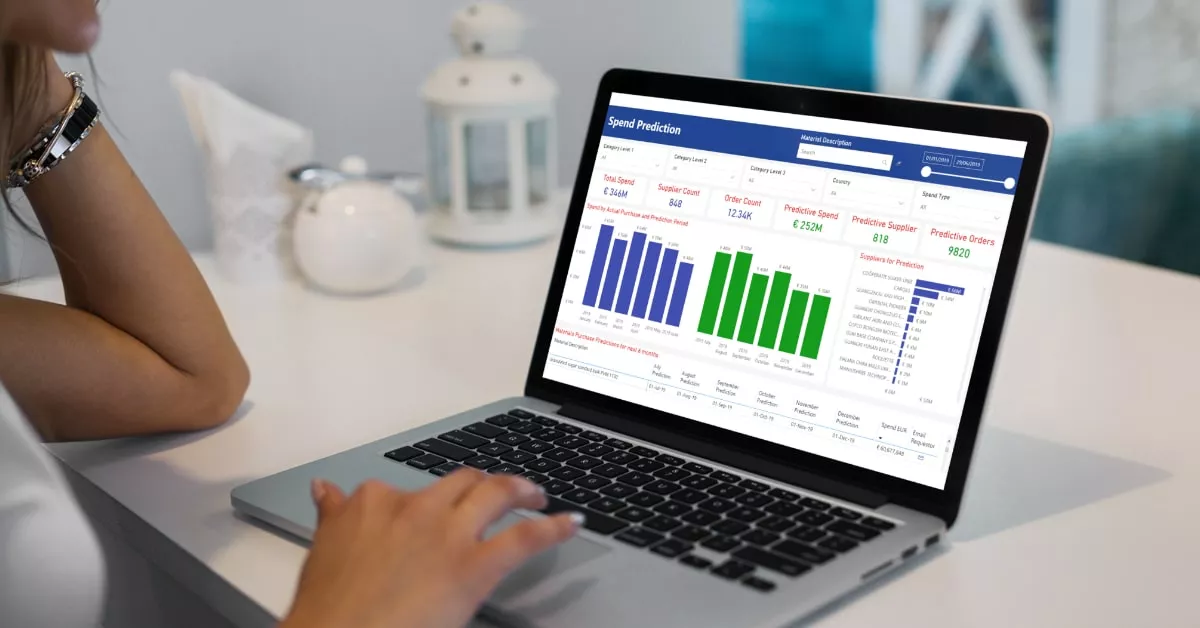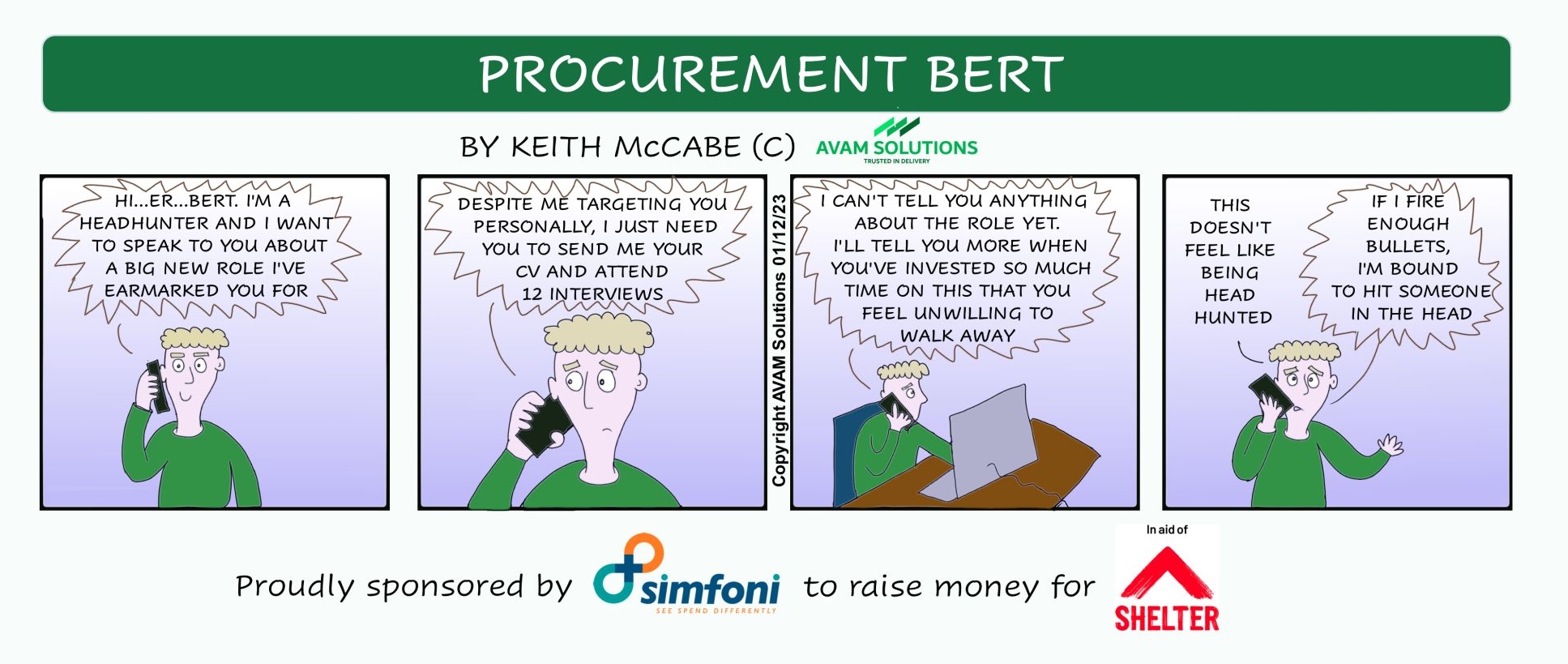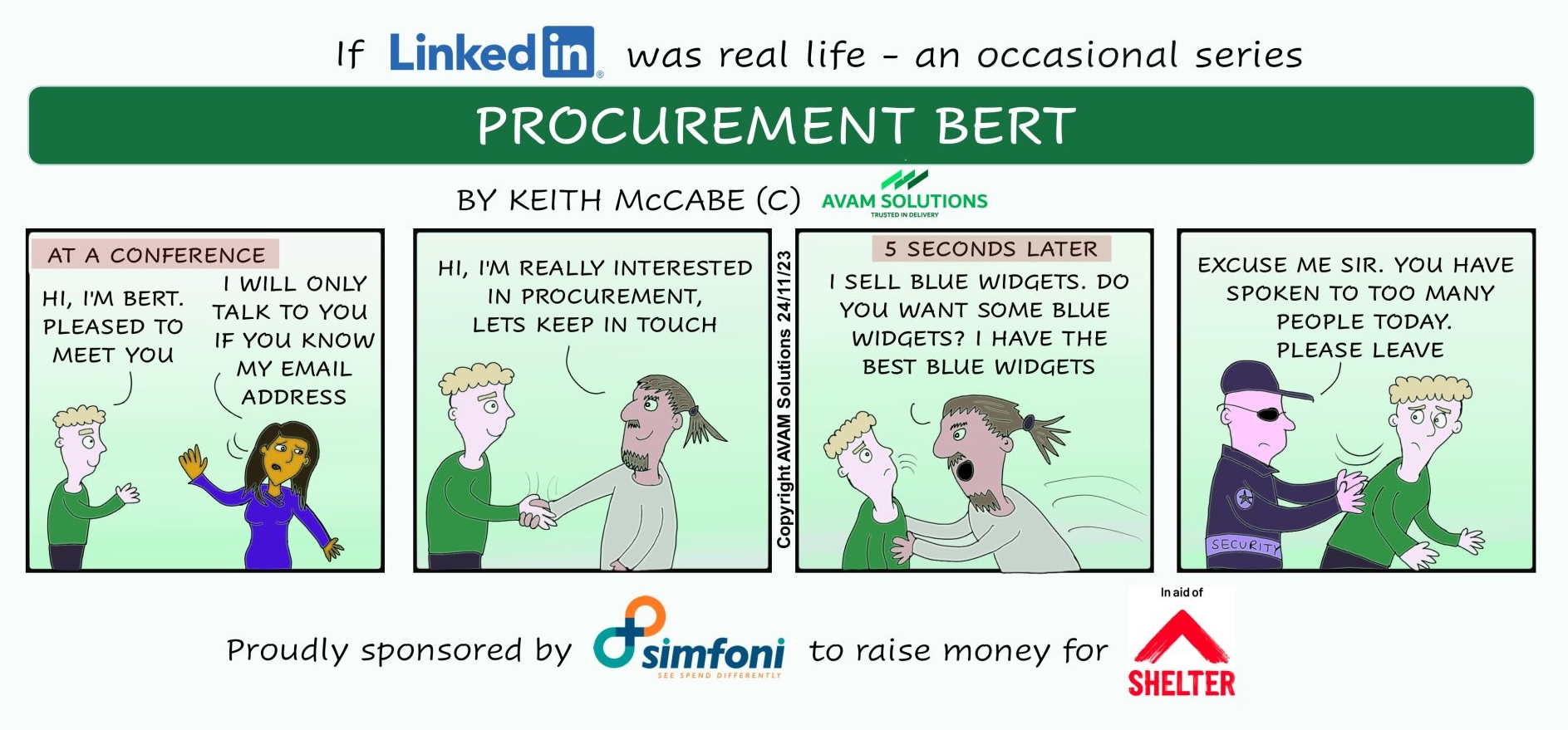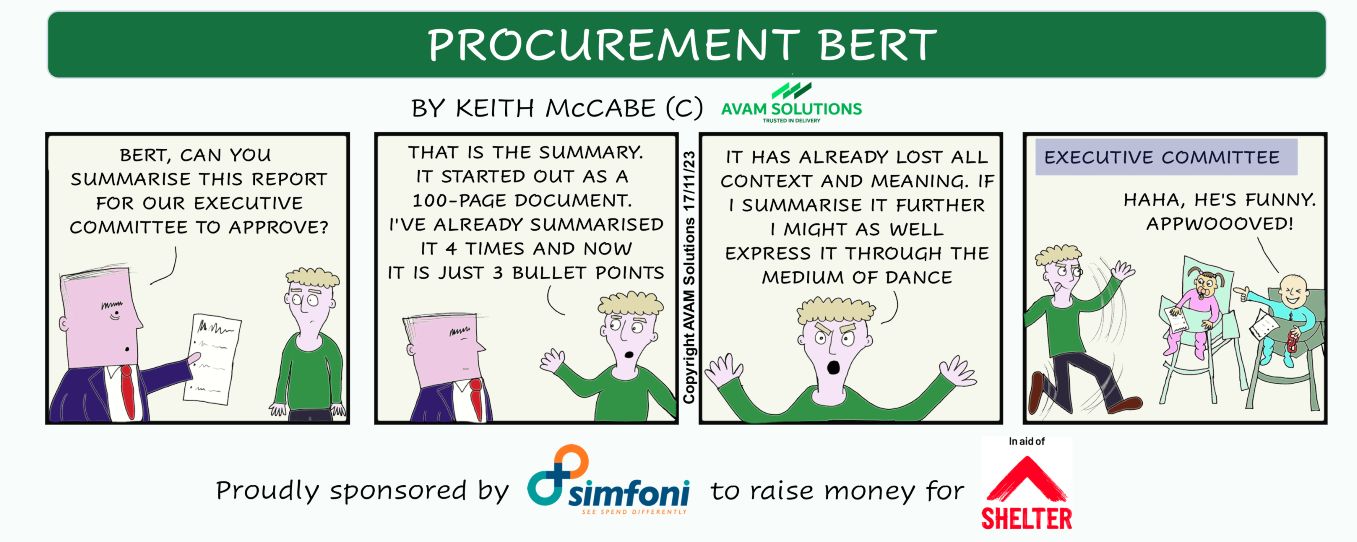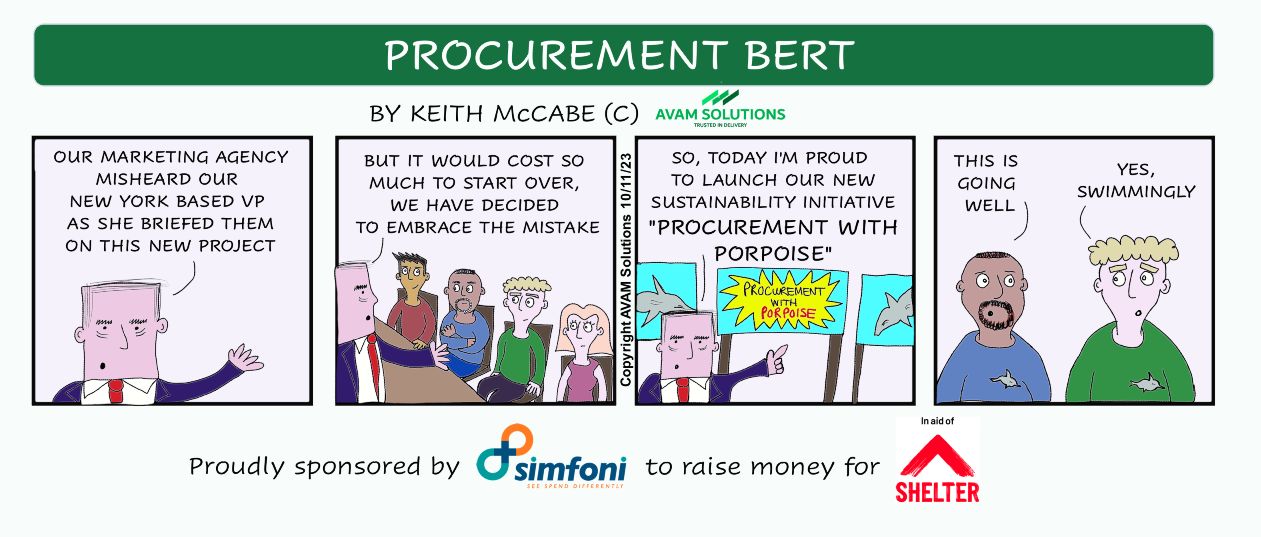Spend Forecasting is the most important tool for Procurement. Why?
Simfoni’s Spend forecasting software combines the analysis of historical data with progressive prediction processes and business intelligence from several sources. Easily predict future profitability and create a forward-looking view on procurement spend, prices, and quantities with Simfoni’s Spend Forecasting solution
Because the forecasting tool allows firms to see an estimate of the savings expected in a mathematical way. The analysis of the qualitative factors is that which can influence the competition in the world of different firms. It has a comprehensive application where not only the issue is originated, but the necessary changes are also made. The projected cost would then be shown in charts formulated from the given data. The monthly or annual report is then created at the end showing all the estimation and the reasons (activities that make it happen over a duration of time).
- The analysis shows the firm in competition with the firm whose data is processed and analyzed. In this case, a focus on savings should be made.
- If the decision of no competition is displayed, then the firm can continue to source alone.
- The Re-evaluation of the data ensures the sensitive variables are closely analyzed.
- On forecast of positive savings and a negative competition index, the decision is not automatic, and a judgment needs to be made.
- The base of the data on which the model is prepared should not be randomly created but consciously made.
- The rules applicable in the context of direct spend are not at all for indirect spend (spend not directly linked with travel, end products, etc.)
- To increase the price, you need to present arguments and the increase is accepted on two basis: wage changes and raw material price. The direct reasons will do good.
- Direct categories are managed by the Procurement Category Manager from the perspective of cost and process while the other (indirect) categories are managed by the same but from a process perspective only.
- To obtain its full benefits, the information or data should be properly applied. Given the required data, it must show all the ins and outs.
- It is necessary to note that under competition, no problem is posed with the analysis and the forecasting.
Why is Spend Forecasting important?
When serving customers effectively it is important to be able to predict and understand what they will want, the amount, and when. This not only allows you to serve customers well whilst making a profit. This is primarily known as demand forecasting where data and analytics are utilized to predict as precisely as possible what demands the customer has for a specific duration of time to satisfy them as well as minimize inventory costs and enhance cash flow. When cash flow is good, so are salaries thus increasing the impact on the community by presenting additional or improved salaries, all of which contribute to the organization’s overall reputation and attract potential customers.
Read More: – What is Source to Pay – A Guide to Source to Pay (S2P) Process
Satisfying Your Customers
Meeting customer expectations for product accessibility is key in demand forecasting. If you undervalue or fail to deliver the amount of inventory your customers desire, then you run the danger of losing them to competitors. Moreover, you could even lose a previously loyal customer in the long run if you continue to fail in delivering and satisfying the customers.
In disparity, when customers are pleased with you, your product, and your service, they are most probably going to return and bring their friends. Satisfied customers write encouraging reviews on social media that attract additional customers and continue to shop with you for the long term. Satisfied customers contribute to your companies growth, which contributes to your bottom line and your positive impact on the public.
Decreasing Inventory Costs
While customer satisfaction is the most vital aspect of demand forecasting, decreasing inventory cost comes in second. By accurately forecasting demand you would also require space and people to manage the inventory that your customers require in the short term. This gives time to your business to enjoy increased revenue as well as look and developments for the products and also maintainable job creation.
In contrast, ill anticipated inventory levels lead to several linked costs, such as:
Additional space: The more inventory you have, the more building space you require to keep it. This becomes an issue for retailers that highlight sales turnover per square footage. Your utilities expenditures are also normally higher.
Unmaintainable Jobs: The more excess, the more individual you require to move it and handle it. When your demand forecast is improper, you lose your status as a reliable job inventor and become more well-known for letting people go.
Waste: Getting rid of perished products or outdated inventory, or marking it down to clear it out, are among the other wastes that are the outcome of poor demand forecasting. There is nothing more discouraging than seeing your hard-earned assets flushed down the drain when you have to get rid of expired products that customers cannot safely utilize.
Read More:- What is Procure to Pay – A Guide to Procure to Pay (P2P) Process
Enhancing Cash Flow
Precise demand forecasting has a substantial impact on your well-organized use of working capital and safeguarding of cash flow, according to Terra Technology. If you acquire too much stock to meet current demand, you spend cash that you could put to better use until demand increases. In its place, your cash is tied up paying for the supply that sits in a stock room. Being constrained on cash flow stresses your company’s skill to make debt payments and constrains your investments in growing and developing.
Learn More:– AI in Procurement
How is Spend Forecasting done?
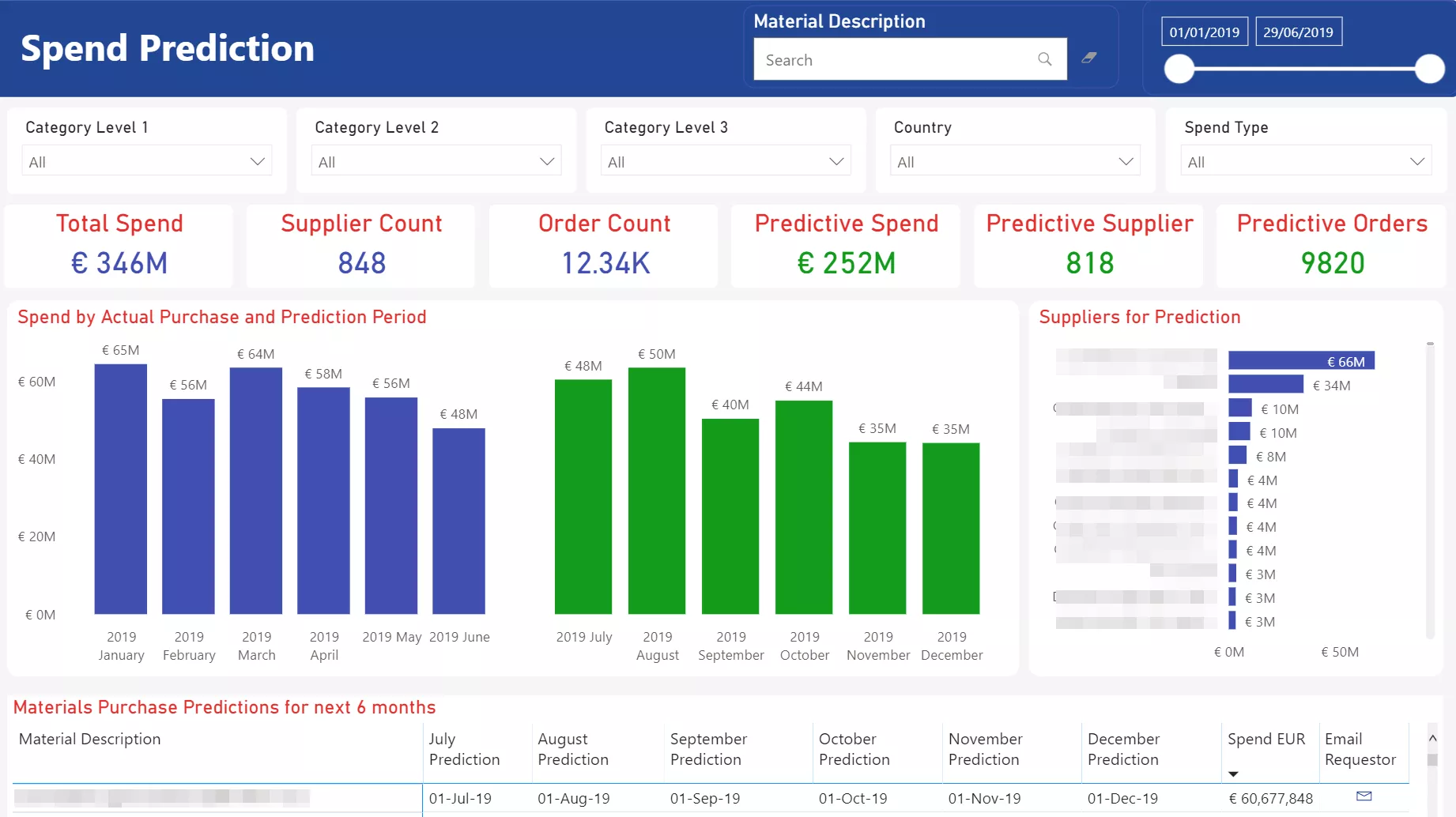
Spend Analysis ties in with Spend Forecasting as this is a practice that studies procurement spend to decrease spending, increase efficiency, or ultimately improve supplier relationships. Procurement analytics is a method that looks to collect, cleanse, classify, and study spend data through either dedicated software or one-off spend cubes. Spend analytics is one of the crucial tools that procurement firms utilize to proactively recognize savings opportunities, manage risks, and optimize their organization’s buying power – in line with Forecasting Spend.
Learn More:- 6 Ways to Support Supplier Diversity
It is often viewed as the vital foundation of sourcing. It is a tool that sourcing executives can use to engineer superior performance. Data from spend analysis can improve visibility into corporate expense, as well as drive performance improvement, contract compliance, and most significantly, cost savings. Looking at procurement spend assists the firm with data that can be used as a baseline to measure developments and to also offer reliable data for deciding plans to realize short- and long-term savings. As procurement moves to a more strategic function in the company, spend analysis is its most vital strategic technique which creates a parallel process that guides senior leaders and budget holders in maximizing significance for the organization’s money. Below we will explain how the Regression Model is used to do Spend Forecasting.
The Regression model:
The Regression model is a tool used for Spend Forecasting. The estimate is created by calculating the arithmetic average of the percent price reduction in contract unit price. A large dispersion falls between average with a high of 52.8 and a low of -29.4 percent.
Spend forecasting tool is appealing to many due to its efficient procedure and effortlessness. The accuracy of information together with a grip on history and the ability to focus on the less seen variables makes it highly valuable. This is quite likely going to be in the trends in procurement. Together they make a perfect combo and the real-time value of spend is attained. Furthermore, future forecast spending, therefore, ensures that the cost trends do not exceed the level of the expectations of any particular firm. Outside of supply chain optimization, strategic planning, and internal process improvements, spend forecasting can:
- Improve cash flow analysis and forecasting.
- Assist management to develop new products or innovate existing ones based on market data and consumer demand.
- Discover and take advantage of long-term strategic spending opportunities that assist not just cost savings, but competitive agility and resilience against market fluctuations and supply chain disruptions.
There are a variety of different key forecasting methods that financial analysts utilize to predict future revenues, expenses, and capital costs for a business. The different strategies are straight-line, moving average, simple linear regression, multiple linear regression, qualitative and quantitative strategy.
The Qualitative forecasting techniques are subjective, and thus rely solely on the opinions and findings of customers and experts – they are only viable when previous data is not accessible. This is usually applicable to transitional or long-range choices. To illustrate a qualitative forecasting method is an informed opinion and finding, the Delphi method, market research, and historical life-cycle analogy look at this.
On the other hand, Quantitative forecasting models are utilized to forecast future data as a function of past data. They are suitable to use when past numerical data is obtainable and when it is realistic to accept that some of the outlines in the data are anticipated to stay and move into the future.
These methods are typically useful for short- or intermediate-range decisions. Examples of quantitative forecasting methods are last period demand, simple and weighted N-Period moving averages, simple exponential smoothing, Poisson process model-based forecasting, and multiplicative seasonal indexes.
Prior research illustrates that different methods may lead to a diverse level of forecasting accurateness. For example, GMDH neural network was found to have improved forecasting performance than the classical forecasting algorithms such as Single Exponential Smooth, Double Exponential Smooth, ARIMA, and back-propagation neural network. Another element of forecasting is Demand Forecasting.
Learn More:– Spend Management
What is Demand Forecasting?
Demand Forecasting relates to the process of predicting future demand for the firm’s product. In other words, demand forecasting allows a business to make various business decisions, such as planning the production method, buying raw materials, handling funds, and making decisions on the cost of their overall products. By making their prediction a business can forecast demand and this is termed guess estimate or gaining assistance through specialized consultants or market research agencies.
Demand Forecasting is therefore significant as it plays a vital role in the running of every organization. It provides an organization to assist in decreasing risks when it comes to their business activities and allows them to make all the important business decisions. Most importantly demand forecasting provides an understanding of the business’s principal asset and growth decisions.
The steps involved in demand forecasting are outlined below:
- The first and foremost step of the demand forecasting process involves the organization in setting its objectives, this needs to highlight the purpose of demand forecasting before initiating it.
This involves:
- Determining the time of forecasting if an organization should go for short-term forecasting or long-term forecasting
- Determining whether to forecast the complete demand for a product in the market or only- for the business’s products
- Determining if to forecast the demand for the whole market or part of the market
- Determining if they should forecast the market share of the organization
- Defining Time Period:
This consists of deciding the time perception for demand forecasting. Demand can be forecasted for a long period or a short period. In the short run, factors of demand may not change greatly or may stay constant, whereas, in the long run, there is an important change in the factors of demand. Therefore, an organization fixes the time period based on its set aims.
- Choosing a Method for Demand Forecasting:
Constitutes one of the most vital phases of the demand forecasting process – Demand can be forecasted by using a variety of methods. The method of demand forecasting varies from organization to organization depending on the purpose of forecasting, time frame, and data necessity, and its accessibility. Choosing the appropriate method is essential for saving time and cost and safeguarding the consistency of the data.
4. Gathering Data:
This entails the gathering of primary or secondary data. Primary data entails data that is collected by researchers through observation, interviews, and questionnaires for specific research. On the other hand, secondary data entails data that is obtained in the past; but can be used in the current situation/research work.
- Guessing Results:
Involves estimating the forecasted demand for determining years. The results should be simply construed and accessible in a usable form. The results should be easy to comprehend by the readers or management of the organization.
Learn more:- Spend Analytics Guide The comprehensive Guide by Simfoni’s Procurement Professionals
Contact us today to know more about how Simfoni‘s technology and processes can help your organization achieve world-class Spend Analytics
